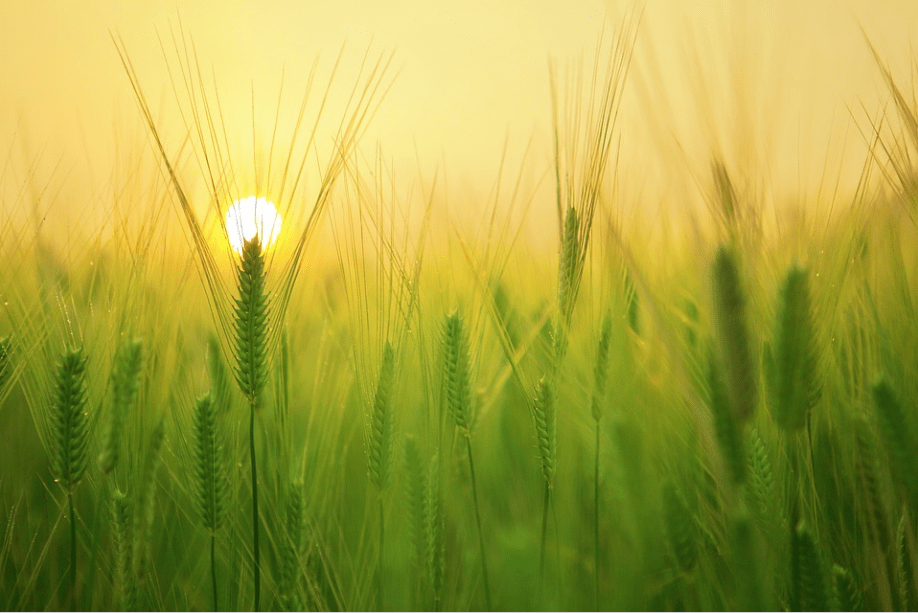Water Potential 101: What It Is. Why You Need It. How To Use It.
Soil is no longer a black box
Advances in sensor technology and software now make it easy to understand what’s happening in your soil, but don’t get stuck thinking that only measuring soil water content will tell you what you need to know.

Water content is only one side of a critical two-sided coin. To understand when to water, plant-water stress, or how to characterize drought, you also need to measure water potential.
Better data. Better answers.
Soil water potential is a crucial measurement for optimizing yield and stewarding the environment because it’s a direct indicator of the availability of water for biological processes. If you’re not measuring it, you’re likely getting the wrong answer to your soil moisture questions. Water potential can also help you predict if soil water will move, and where it’s going to go. Join METER soil physicist, Dr. Doug Cobos, as he teaches the basics of this critical measurement. Learn:
- What is water potential?
- Why water potential isn’t as confusing as it’s made out to be
- Common misconceptions about soil water content and water potential
- Why water potential is important to you
Register now—>
Presenter
Dr. Cobos is a Research Scientist and the Director of Research and Development at METER. He also holds an adjunct appointment in the Department of Crop and Soil Sciences at Washington State University where he co-teaches Environmental Biophysics. Doug’s Masters Degree from Texas A&M and Ph.D. from the University of Minnesota focused on field-scale fluxes of CO2 and mercury, respectively. Doug was hired at METER to be the Lead Engineer in charge of designing the Thermal and Electrical Conductivity Probe (TECP) that flew to Mars aboard NASA’s 2008 Phoenix Scout Lander. His current research is centered on instrumentation development for soil and plant sciences.












